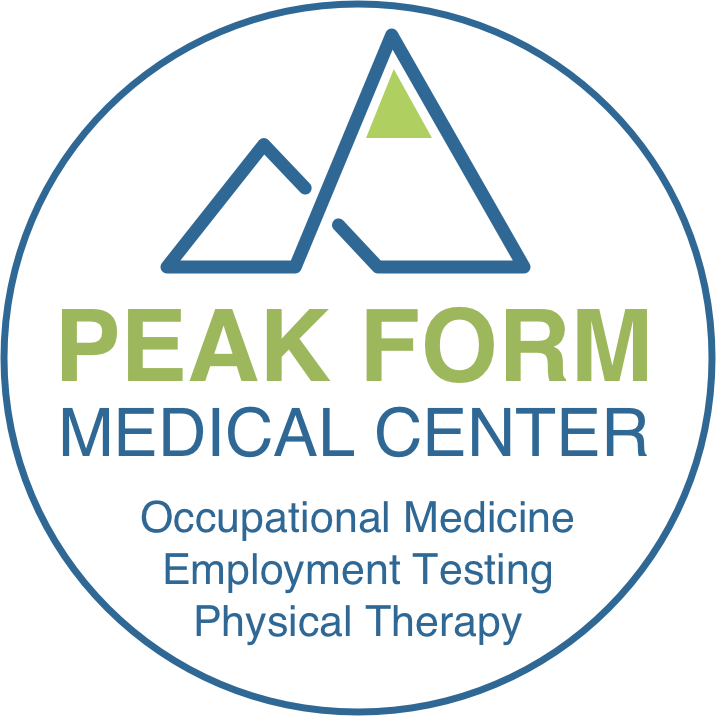Retraining the brain to treat chronic painMore than 25 million people in the U.S. live with chronic pain, defined as pain that lasts for more than three months. Despite costing the health care system more than $600 billion a year, existing treatments for chronic pain fail to provide relief for many people. The most common type of chronic pain is chronic back pain. In about 85% of cases, no physical cause for the pain—such as arthritis or disk damage—can be found. Such unexplained pain is thought to be caused by brain changes after an injury that persist even after the damage heals. These changes in the brain are thought to serve an important purpose immediately after tissue damage. They provide a warning signal to restrict movement and let the body recover. However, if they continue to send that signal after the injury has healed, the result can be chronic pain. Researchers have developed a type of treatment called pain reprocessing therapy (PRT) to help the brain “unlearn” this kind of pain. PRT teaches people to perceive pain signals sent to the brain as less threatening. Therapists help participants do painful movements while helping them re-evaluate the sensations they experience. The treatment also includes training in managing emotions that may make pain feel worse. For the first clinical test of PRT, a team at the University of Colorado, Boulder led by Dr. Yoni Ashar (now at Weill Cornell Medical College) and Dr. Tor Wager (now at Dartmouth College) enrolled 151 people with mild to moderate chronic back pain for which no physical cause could be found. Participants received one of three treatments: four weeks of intensive PRT, a placebo injection of saline into the back, or a continuation of care as usual. Participants rated their pain before and four weeks after starting treatment. They also underwent fMRI scans to look at brain activity before and after treatment. The team followed up with participants one year later. |


